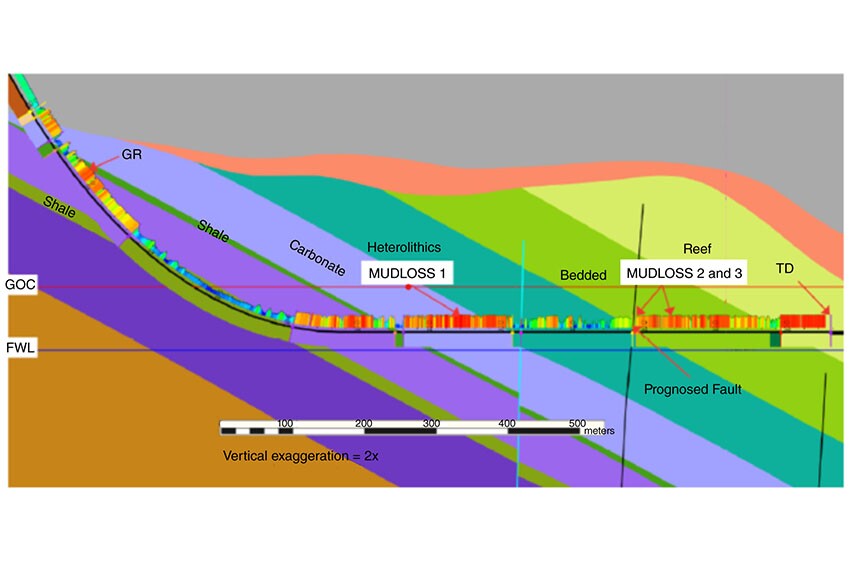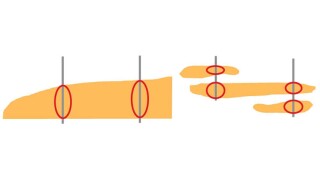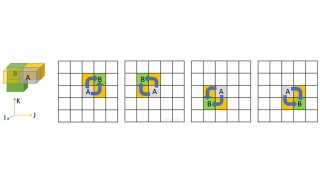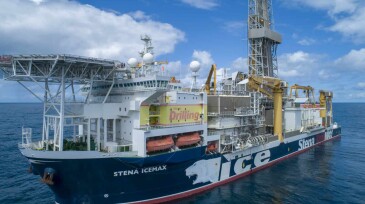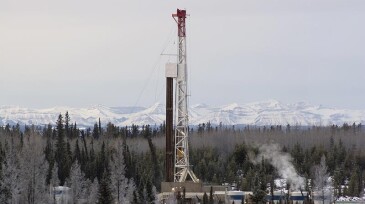Directional/complex wells
This paper discusses cases from the North Sea and offshore California in which high-fidelity pressure and dynamics measurements, combined with high-speed telemetry, helped overcome complex geotechnical challenges.
This paper describes an alternative lower-completion concept for developing Lower Wilcox reservoirs referred to as high-angle multifractured well design.
This paper presents an efficient mathematical optimization method for well placement that maximizes contact with the productive zones for the best locations in the reservoir.
-
E&P independent Energean has awarded Halliburton a contract to provide services for drilling up to five wells offshore Israel in collaboration with Stena Drilling.
-
SponsoredExtended reach wells provide access to otherwise inaccessible areas, improve production and reduce footprint. Advancements in completion technology allow producers to eliminate coiled tubing, perforation guns and milling out operations to lower project risks, costs, and environmental impact.
-
Extended-reach drilling is becoming more of a mainstream technology as the industry seeks to squeeze difficult reserves and reduce the footprint of projects in fragile environments.
-
When Hess, Halliburton, and Nabors sat down to create a single plan to stream on the driller’s display, they needed to work out a lot of differences, including the definition of the word "activity."
-
Whether considering the customization of drilling approaches in Middle Eastern carbonate reservoirs, implementing a collaborative work flow in tackling high-tortuosity wells offshore Western Australia, or researching the ability of a fibrous material to effect hole cleaning as opposed to polymeric sweeps, the authors of these papers understand that technical expertise…
-
Effective use of downhole dynamics and mechanical specific energy data played a critical role in delivering a well that was the longest in the Middle East, and the fourth-longest globally, at the time of writing.
-
A specialized fibrous material was examined and was found to be effective for hole-cleaning applications.
-
The operator drilled a pair of complex, ultraextended-reach-drilling (ERD) wells a mature offshore Western Australia field despite shallow reservoir depth, extreme ERD profile, and high tortuosity requirements.
-
Anomalies in heart function can be diagnosed in real time by measuring an electrical signal. Petroleum engineers have adapted the concept to diagnose anomalous drilling conditions in real time using a shock signature recorded downhole.
-
Schlumberger has won a $480-million contract to drill 96 oil wells in southern Iraq for the country’s Basra Oil Company and for ExxonMobil, which operates the giant West Qurna-1 field with partners from Iraq, Japan, Indonesia, and China. West Qurna-1 is one of the world’s largest oil fields.

